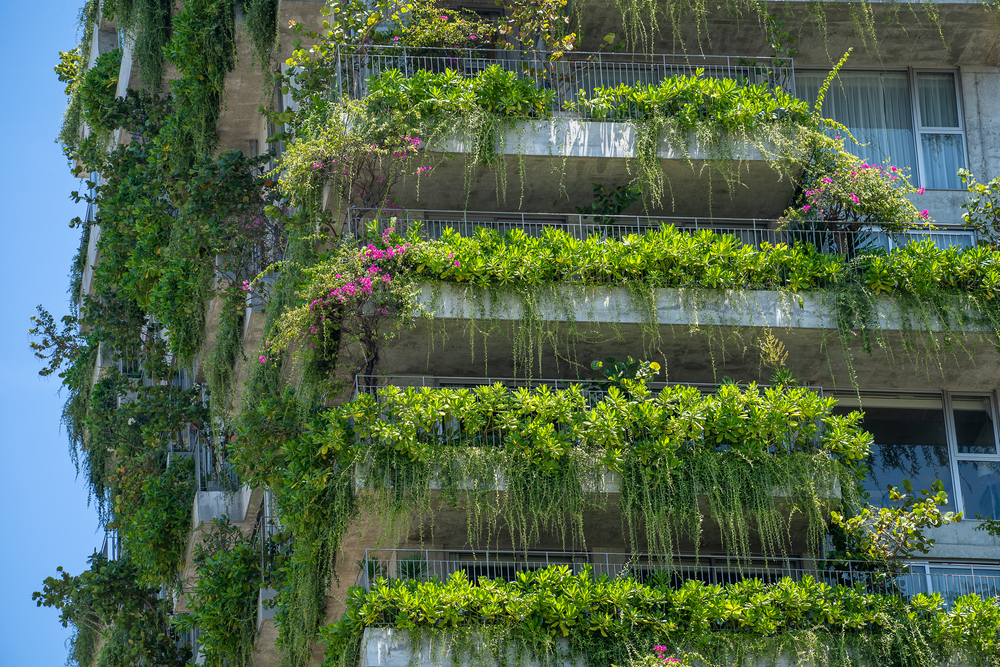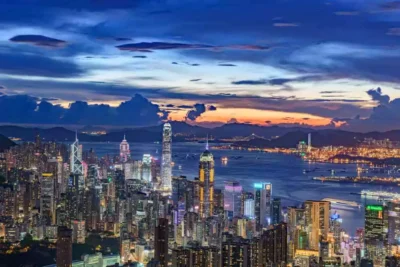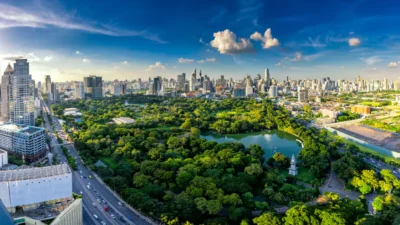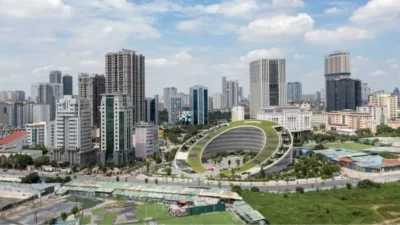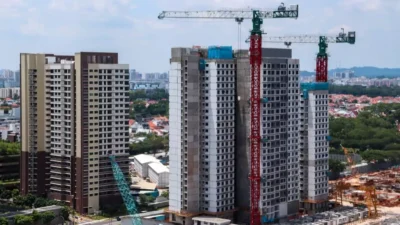Green buildings are on the rise in Vietnam, thanks to government support and action
The country has been working with foreign bodies, including the World Bank and the United Nations Development Programme to create sustainable cities
Rapid urbanisation, growing population, and booming economy of Vietnam are just some of the factors that have caused a strain on its natural resources. With the looming threat of climate change, the country’s immense coastline makes it susceptible to the effects and the rising sea levels.
Fortunately, Vietnam’s government has become well aware of the repercussions and understands the importance of transforming its urban cities to be smarter and more sustainable.
Buildings contribute to climate change
Buildings, from planning to construction to user-stage, utilise vast amounts of resources. In Vietnam, buildings consume half of the country’s raw materials, 30 to 40 percent of its energy production, a quarter of its wood harvest, and 17 percent of its freshwater.
The government’s decision to build green cities is crucial to ease up human activities that cause harm to the environment.
Based on the October 2019 data published by the International Finance Corporation (IFC), the country has 130 projects certified by the leading green building certification systems, such as EDGE by the IFC, LEED by the US Green Building Council, and LOTUS by the Vietnam Green Building Council.
Prioritising green cities
Thus far, Da Nang, Hanoi, Ho Chi Minh, and 27 other cities have taken strides to become green. To support them, the government has introduced a smart city strategy, an urban green growth development plan, the urban green growth indicators, and the following five pillars:
- Sustainable quality;
- Reducing energy consumption
- Saving resources;
- Health and safety; and
- Reducing environmental impact.
Investment opportunities in green infrastructure
Going green doesn’t only benefit the environment, but it can also serve as a great investment for businesses. In fact, a report by the Green Infrastructure Investment Opportunities uncovered that green buildings exhibit huge investment potentials, adding approximately USD100 trillion globally between 2019 to 2030.
Alexander Feldman, the president and chief executive officer of the US-ASEAN Business Council, said: “As ASEAN grows and steadily fulfils its economic potential, opportunities exist across a wide range of industries. For example, ASEAN has over USD2 trillion worth of infrastructure investment opportunities – not just traditional ports, roads, and bridges, but support in ICT, education, agriculture, and healthcare.”
Moreover, the consumers’ demand to go green has become the primary driver of green infrastructure in the country, which bodes well for investors.
Leading developers leading the change
The past decade has seen a rise in the popularity of buildings embracing the green concept. Leading property developers in the country have started to launch several eco-themed residential developments.
Among the aforementioned climate heroes include the PropertyGuru Vietnam Property Awards winners: Viet Nam Singapore Industrial Park & Township Development Joint Stock Company (VSIP JSC), VSIP-Sembcorp Gateway Development Co., Ltd., KN Cam Ranh Company Limited, Phuc Khang Corporation, Gamuda Land, Cat Tuong Real Estate Group Joint Stock Company, and Ecopark Corporation Joint Stock Company.
Another mainstay at the Awards stage is Singapore’s Capitaland Group who developed Feliz En Vista, a 35-storey skyscraper designed to reduce the HVAC systems’ energy usage by half and the lighting usage by 70 percent. This means that the development can conserve electricity roughly 4800 megawatts per hour, reduce carbon dioxide emissions by about 3,900 tonnes, and save from energy costs of around USD600,000 per year. The sustainable solutions implemented raised the building cost by two percent with an approximate payback period of 1.5 years.
Suffice to say, green buildings are a profitable venture for investors, seeing as this type of infrastructure is globally encouraged to become a norm in the future. Yet to effectively house Vietnam’s growing urban population, affordable, green buildings should be at the core of construction.
Know of any award-worthy homes, condos, flats, or other real estate projects in Vietnam? Nominate them for the 2021 Vietnam Property Awards on or before 27 August 2021. Simply visit asiapropertyawards.com/en/award/vietnam-property-awards/ for more details.
Gynen Kyra Toriano, Digital Content Manager at PropertyGuru, wrote this article. For more information, email: [email protected].
Recommended
Meet the Bitkub CEO turning real estate on its head with cryptocurrency and tokenised ownership
Jirayut “Topp” Srupsrisopa, CEO of Thai crypto exchange Bitkub, is a true believer in the potential of digitised finance
6 sights to spot in Jardine’s Lookout, Hong Kong
With its sumptuous harbour vistas, this low-density area is one of the most sought-after in Hong Kong
Meet the architect rethinking disability in urban spaces and how cities can be reimagined
Author David Gissen outlines his vision for urban development that takes the needs of disabled citizens into consideration
Why Asia’s mixed-use developments are the future of real estate
Dynamic integrated communities are fusing real estate with commercial, leisure, and other amenities

